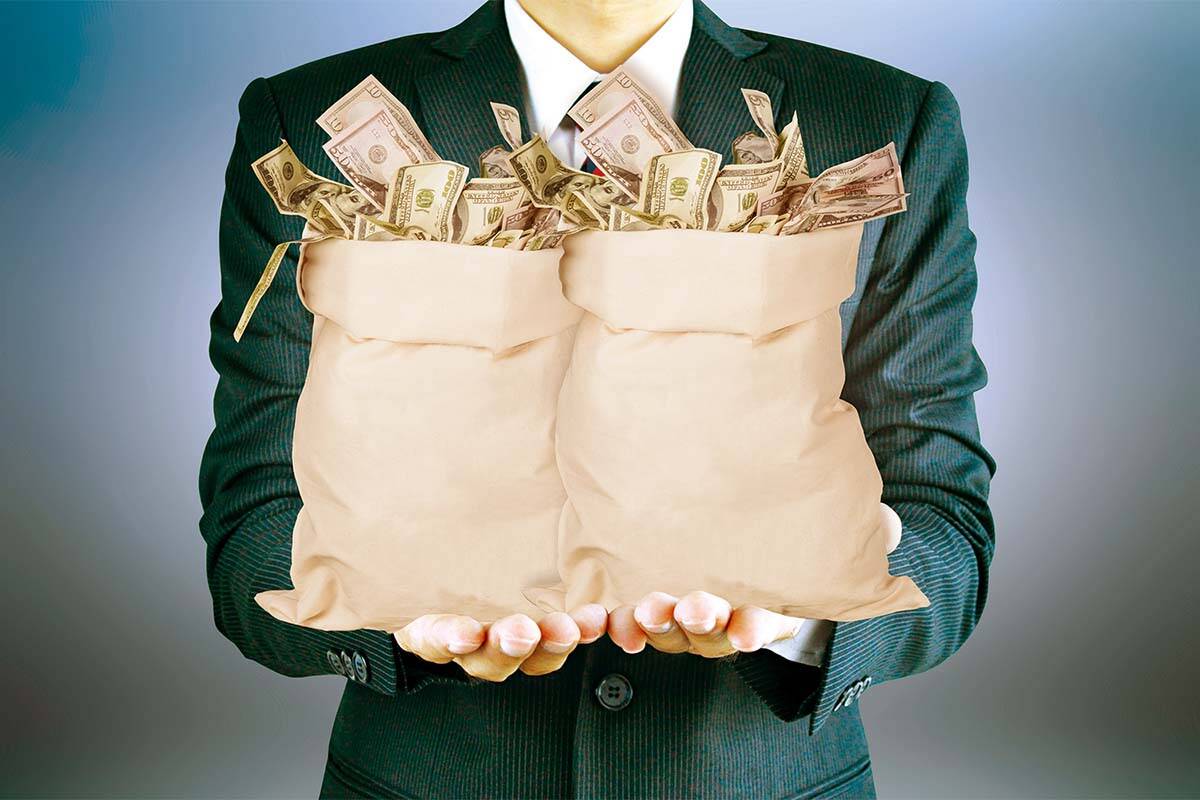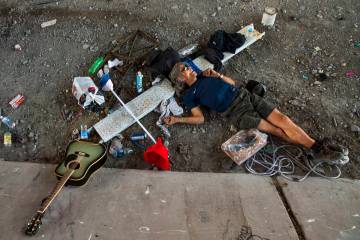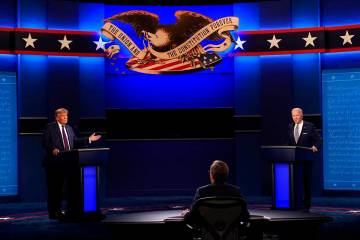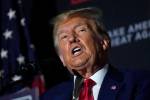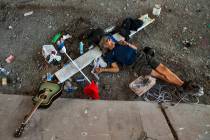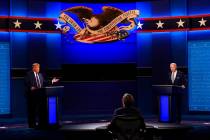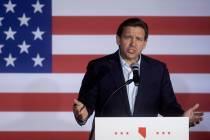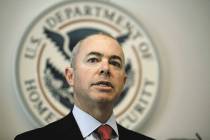EDITORIAL: Market downturn hammers public pension systems
Markets rebounded somewhat in July but remain down from their historic highs of last year. The S&P 500 dropped more than 20 percent during the first half of 2022, its worst showing since the Nixon era in 1970. The Dow endured losses of 15 percent between January and June, while the Nasdaq did the worst of all and is off 30 percent.
In other words, don’t check your 401(k) statement.
But the situation is especially dire for government retirement plans. “U.S. public pension funds are on pace for their deepest financial setback since the Great Recession,” Bloomberg News reports, “as turmoil in global markets this year threatens to leave taxpayers and government workers on the hook.”
The market sell-off has erased many of the gains from last year and could lead to higher taxes and increased contributions from public workers. Funds have also begun to take on more risky investments to stem the losses, The Wall Street Journal reported last month.
The national funding shortfall for public pensions is now $1.4 trillion, according to the Equitable Institute, up from $933 billion at the end of 2021, when market gains were fast and furious. This is a cycle that has been repeated for decades.
But while many public pension funds have made strides in recent years attacking unfunded liabilities, the market malaise again exposes a structural problem.
Democratic politicians for years have expanded benefits to curry favor with the public-sector unions that contribute to their campaigns. State systems — including in Nevada — set overly optimistic return goals to hide their liabilities. Eligibility requirements for these plans are often far more generous than in the private sector, with some government workers able to retire after 30 years of service with nearly full pay for life.
Faced with soaring long-term liabilities, many states have made common-sense benefit reforms for new hires and upped contribution rates from workers. That along with robust markets over the past decade made the problem more manageable. But the risks to private-sector workers who must fund these programs — while enjoying no such taxpayer largess — remains real, particularly as managers fight the downturn by turning to riskier investments and borrowing money to meet obligations.
The Nevada Public Employees’ Retirement System generated a 27.3 percent return for the fiscal year inding in June 2021. Yet it remains only 75 percent funded and has an unfunded liability of more than $9 billion — $18 billion if more realistic return assumptions are imposed. Nevada lawmakers have tinkered on the margins over the decades, but more must be done. Transitioning new hires from a defined benefit system to a defined contribution plan would be a good start.



